A Review
by Jess Erdman, Content Marketing LeadMarch 2023

Despite new technology developments in 2023, eCommerce recommendations are still lagging behind.
In this article, we’ll go over the state of eCommerce recommendations in 2023, including the difference between traditional and non-traditional recommendations.
Based on our own analysis, we developed quick criteria for analyzing the quality of a suggested product.
-High Relevancy: Based on the user’s search intent, she shouldn’t see irrelevant suggestions to the original query.
-Not too similar: Recommendations aren't an exact science, but showing the same product in different colors won't spark discovery.
-Complementary products: At check-out, shoppers want to engage with cross-sell and up-sell items, since they're in a purchase mindset.
-Not category-specific: Offering eCommerce recommendations across categories is a great way to keep shoppers engaged.
-Curated across the website: Shoppers are open to seeing products at different points on the website: the homepage, product detail page, and checkout.
What’s the difference between traditional and AI recommendations? We’ll show you, using the example of a satin, rose colored tank top from Zara.
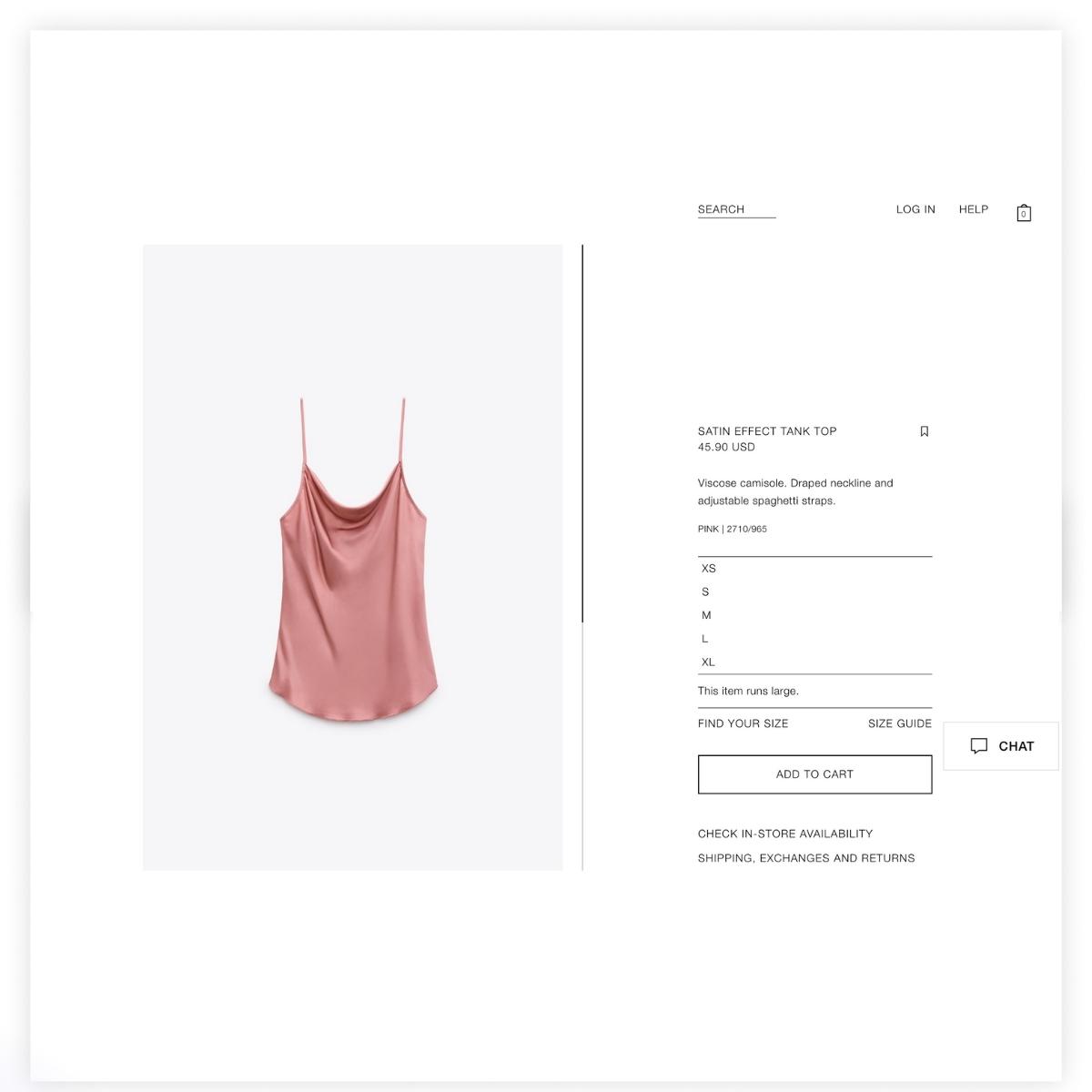
Traditionally, the recommendation would be made by matching the text in the product title or the brand to other products.
Text matching won't provide accurate recommendations because the key elements of the product will be missing, like silhouette and vibe.
Traditional, text-based eCommerce recommendations result in poor, inaccurate suggestions. They might be the wrong season or vibe, and ignore the key occasion and silhouette matches.
Shoppers don't see recommendations that are similar or exciting enough to spark discovery.
User interviews show that shoppers love to see similar recommendations during their purchasing journey. They find recommendations helpful when viewing the product detail page with intention.
Enter AI image tagging.
AI image tagging uses computer vision to understand the key matching silhouettes and vibes, increasing the relevance of curated products.
AI image tagging is the key to building perfect product recommendations. It benefits retailers by setting the foundation for strong recommendations. Retailers can also show off their full catalogs, solving the problem of shoppers always seeing the same products.
AI recommendations that are powered by image tagging are more in-depth, considering key design attributes, vibe, and occasion.
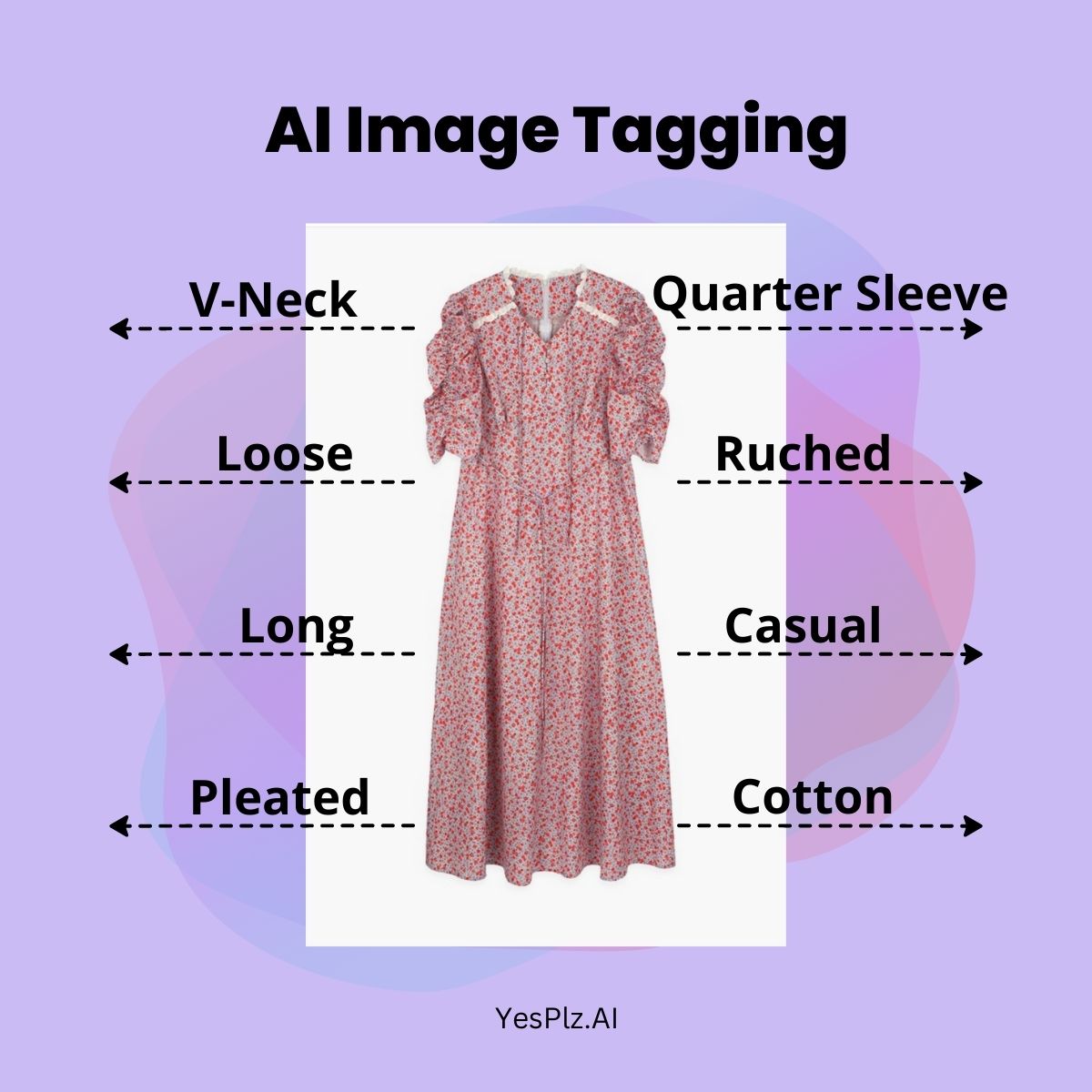
💡 YesPlz Tip: Deep tagging your product catalog sets up retailers to easily integrated with AI-powered recommendation engines.
The two most common eCommerce recommendations in fashion are collaborative filtering and similar recommendations.
We’ll break down both:
For example, if Shopper A likes products 1,2, and 3, and Shopper B likes products 2 and 3, then Shopper B should also like product 1. Below is an example of collaborative filtering from Guess Jeans.
Collaborative filtering can lead to cold-start problems, where without data to feed recommendations, shoppers are left with low accuracy suggestions.
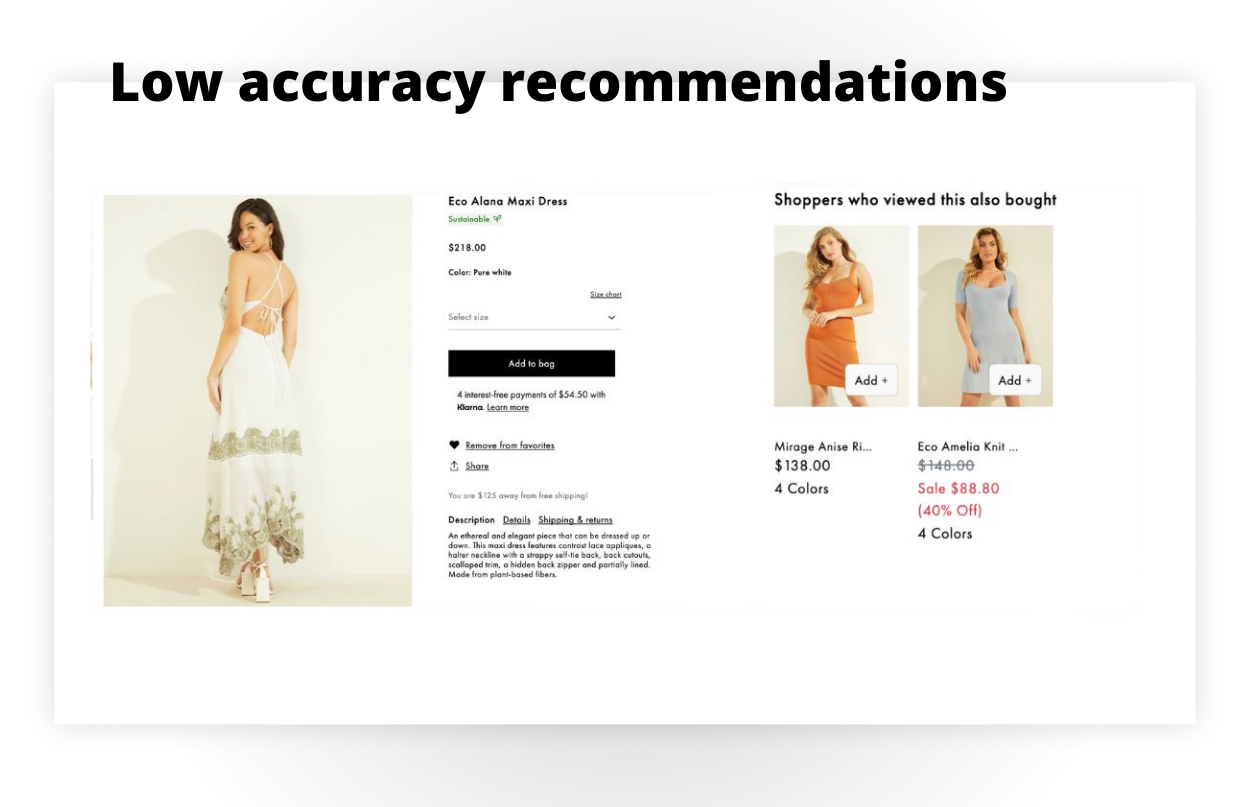
Here’s an example of products that are too similar. When a shopper views a brown, Nike Air t-shirt, she sees the same t-shirt in 4 different color variations. The shirt color variations are already available in the carousel on the product detail page.
.png)
A better suggestion would consider the fit (loose) and vibe (workout) to suggest more relevant matching products
Recommendations That Are Overwhelming
Lastly, although not an “official” recommendation type, some retailers want to show shoppers the maximum number of recommendations to inspire discovery.
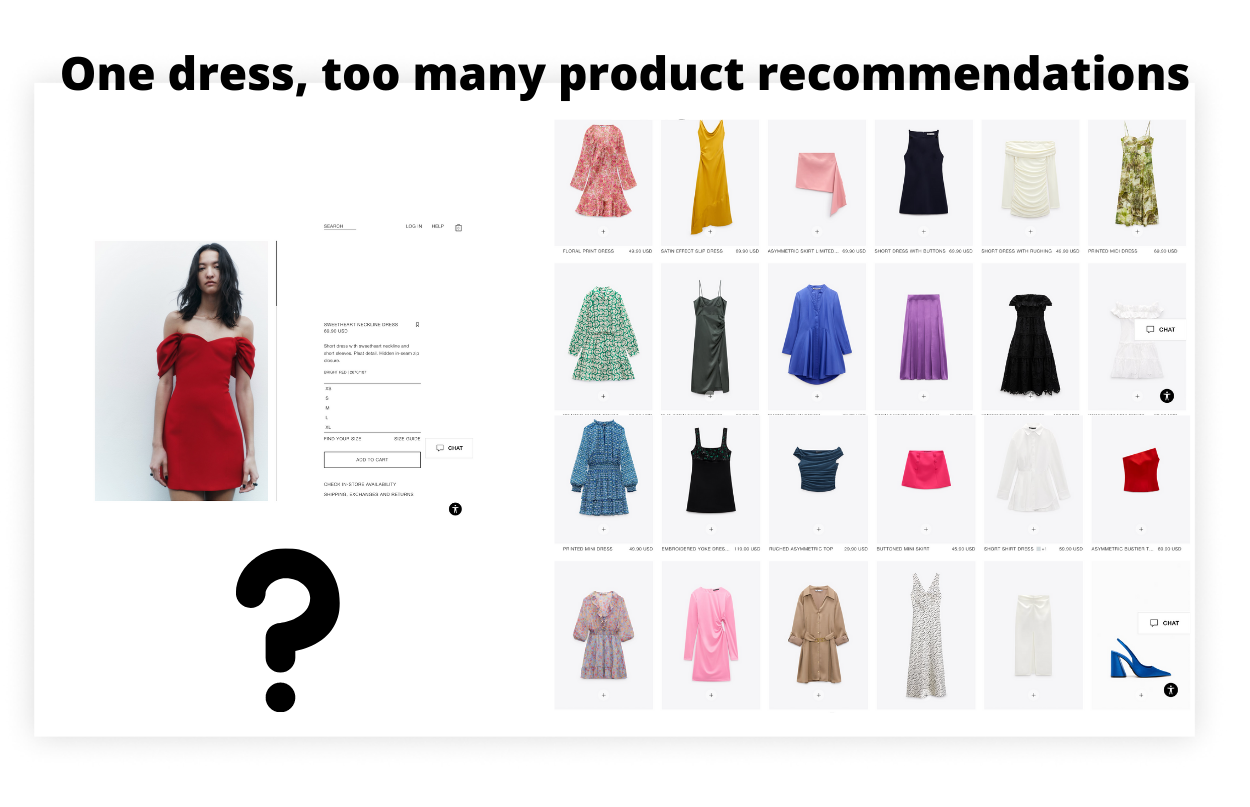
For example, Zara’s website in 2023 includes over 24 recommendations for a single red dress.
A better approach?
1) Create user experience-friendly carousels if including more than 4 products
2) Break down the eCommerce recommendations so that shoppers know the why behind the suggested products.
A shopper who sees these Zara recommendations may feel they're too random. There's no explanation for how they were selected, and the products are difficult to browse.
We love to see well-curated eCommerce recommendations, and there are interesting nuances in Frame's recommendation system.
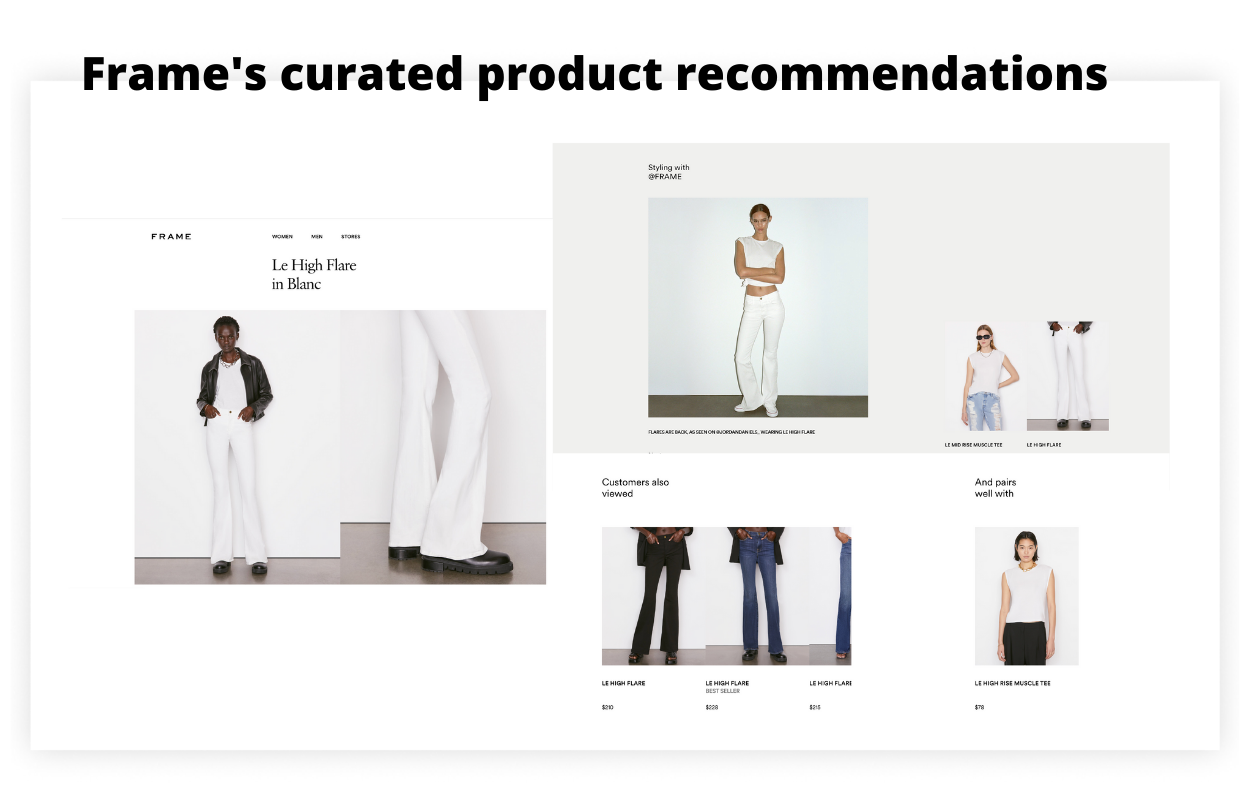
When shoppers select a jean type, they see a similar fit in jeans (a design attribute recommendation). This taps into the research that YesPlz AI has done, showing that shoppers have strong silhouette and fit preferences.
We also loved that a full “Style With” outfit was available, including a jacket and shirt.
Room for Improvement: Shoppers would love to see more recommendations, especially in carousel format, to inspire discovery.
By using YesPlz AI image tagging, retailers can quickly tag their entire catalog and plug into AI-powered recommendations. The Handsome and W Concept recently plugged in and these are there results.
In 2023, expect to see retailers get creative with eCommerce recommendations. Technology is continuing to improve and retailers are racing to show the best possible product matches.
Creativity in product recommendations can mean:
1) integrating social media feeds
2) showing top trending products during search
3) using data-driven hyper personalization to deliver the best items
AI recommendations are offering retailers a new, more accurate way to curate the perfect product recommendation. And, there's no need to invest internal resources or manually configure recommendation tools.
AI Recommendations for Two Retailers
W Concept, a leading global fashion retailer, recently integrated YesPlz AI recommendations. With both similar and collaborative recommendations, they sparked discovery to lead to more sales.
Using AI-powered similar recommendations, W Concept was able to curate based on shopper search intention. This is a more powerful approach than matching text headlines.
Because W Concept was able to provide suggestions that answered the “why” behind shopper search, they’re now seeing 20% of their sales coming from similar suggestions.
And, with collaborative filtering, W Concept shoppers can see products based on popular products by others who might share their tastes. This increases the likelihood for a recommendation match.
With fashion-trained AI, W Concept’s website is now optimized to show the best matching products:
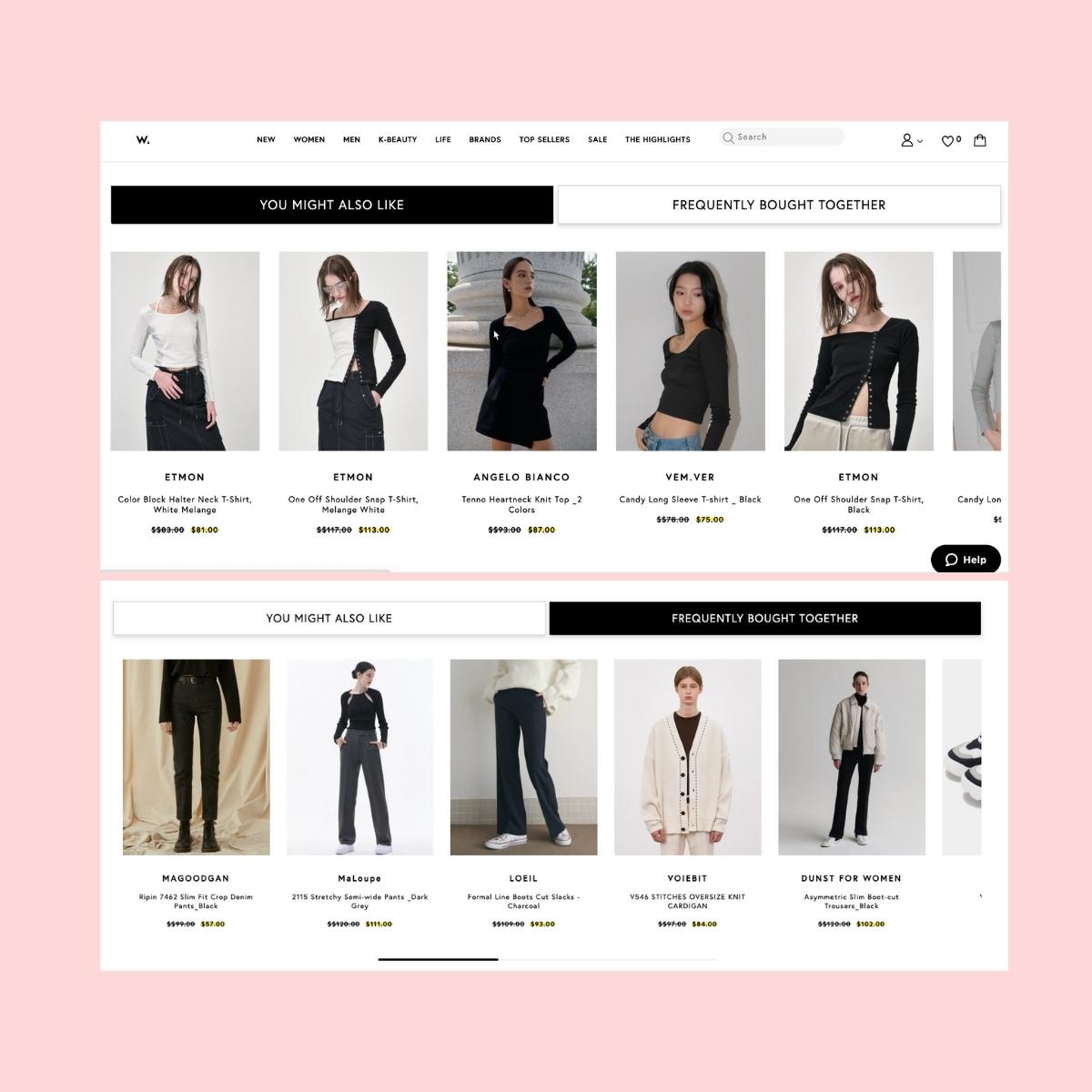
Another example of creative eCommerce recommendations is The Handsome. They're a global retailer with fashion-forward shoppers that want to discover new products. However, their shoppers were stuck in the same feedback loops.
YesPlz designed a delightful, fresh fashion quiz for shoppers to discover their personal style. Then, shoppers receive suggestions based on quiz results, leading to more engagement and better suggested products.
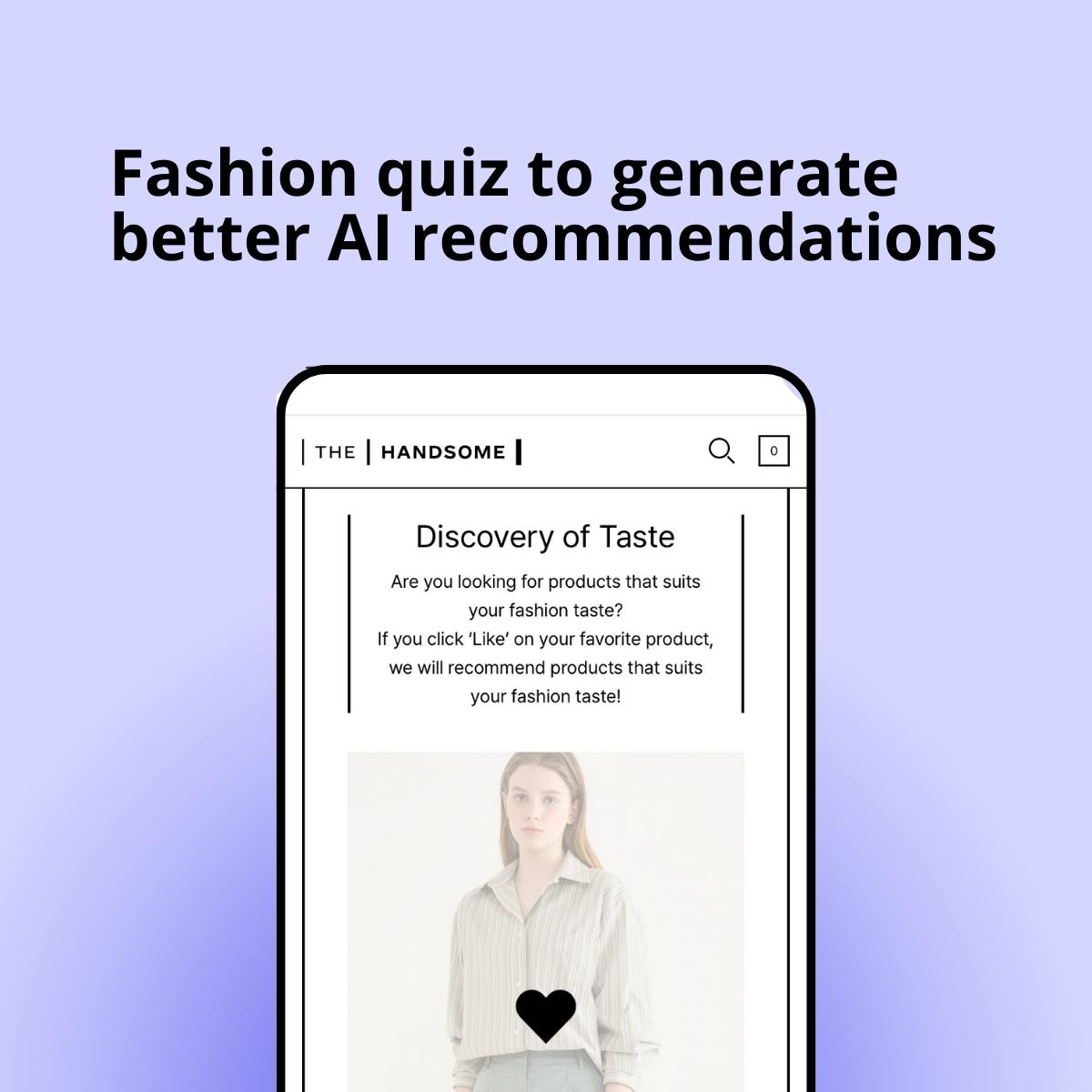
AI recommendations keep shoppers from bouncing off when they see an item is out-of-stock, allowing shoppers to seamlessly continue their discovery journey.
By thinking outside of the typical recommendation mindset (by using fashion-trained A), retailers can overcome common product recommendation problems for better technology-enabled systems in 2023.
An article about technology in 2023 can’t skip over the importance of ChatGPT, as we see its integration into nearly every industry.
But, could ChatGPT be the next fashion stylist?
Although ChatGPT can make general text-based recommendations if given a detailed prompt, it falls short of creating that “magic” spark of a matching product recommendation.
But, using a combination of AI image tagging, generative AI, and a proprietary fashion transformer algorithm, we’ve created an AI stylist.
GPT AI Stylist is reactive to any shopper prompts, integrated with product images, and can make complete outfit suggestions based on vibe and style attributes.
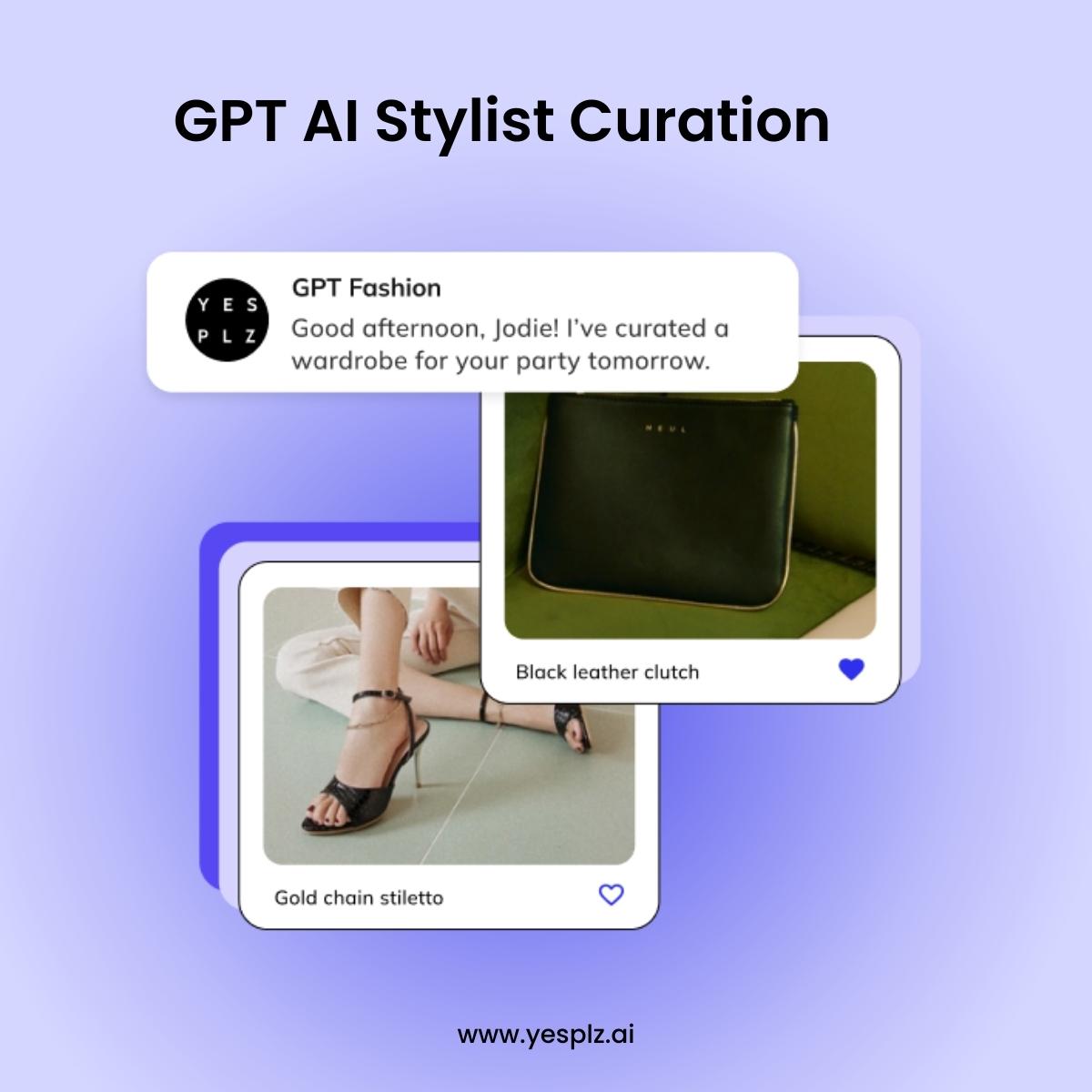
As eCommerce recommendation algorithms and tools become even more sophisticated in 2023, keep an eye out for revolutionary technology that could shake up the entire industry.
Written by Jess Erdman
Content Marketing Lead
I'm passionate about creating cool content. The best part? I get to learn new things about fashion tech and ecommerce everyday. Have an idea or opinion about this article? Reach out at jess@yesplz.ai
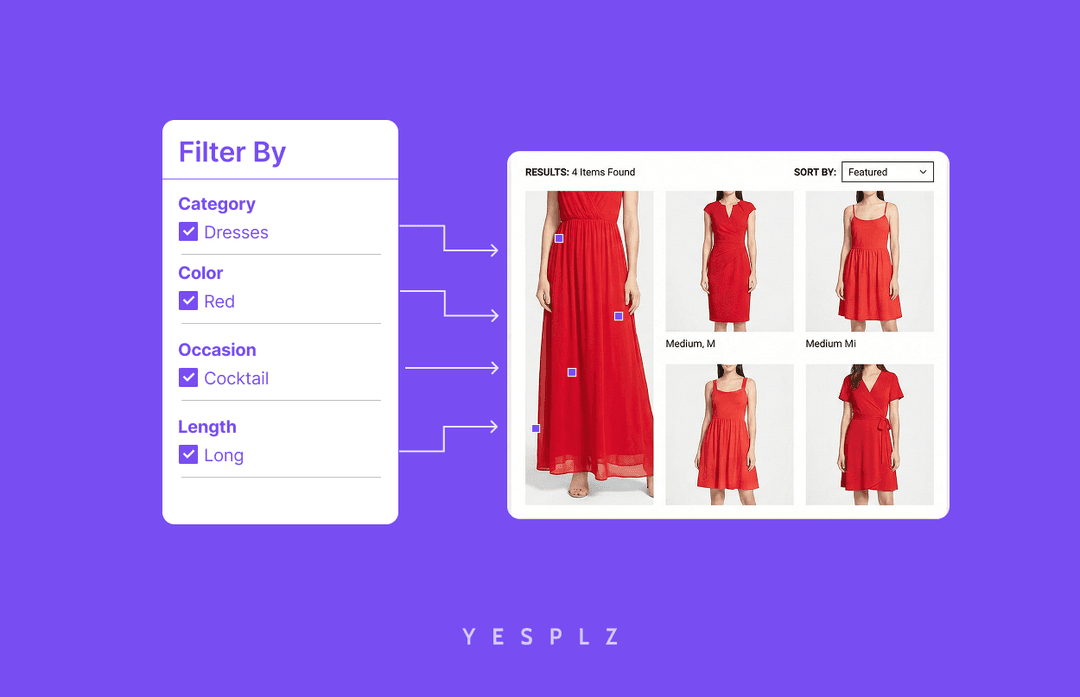
Stop losing sales to poor product filtering. Discover how AI simplifies creating Shopify filters, saving you 25-50 hours per 100 products.
by YesPlz.AI
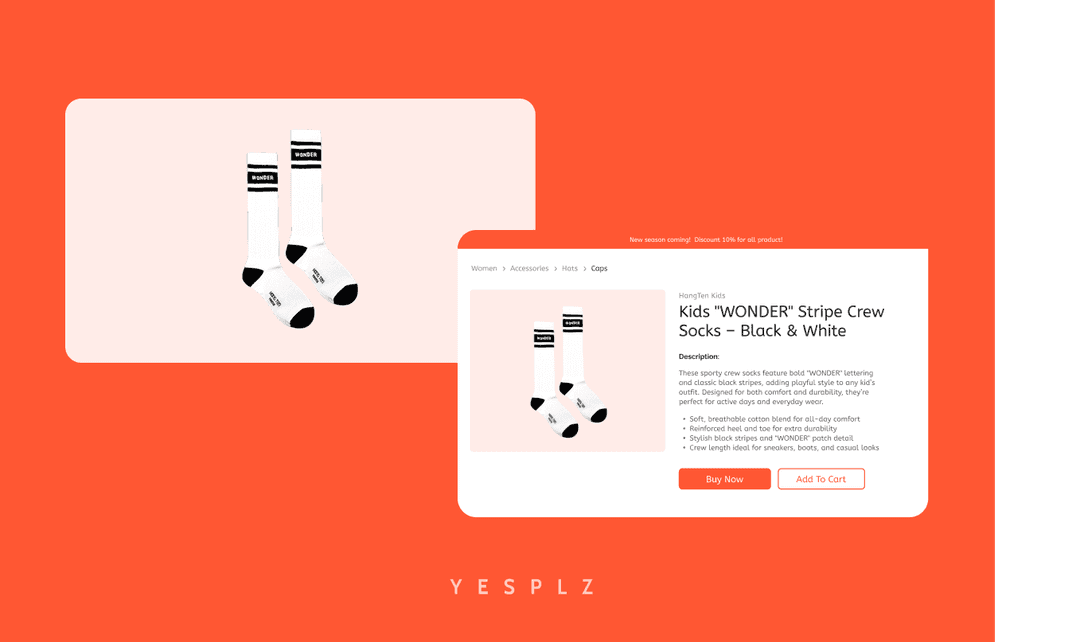
Automate Shopify product pages and cut 50–100 hours of manual work. AI generates product titles, descriptions, and metadata instantly from product images.
by YesPlz.AI